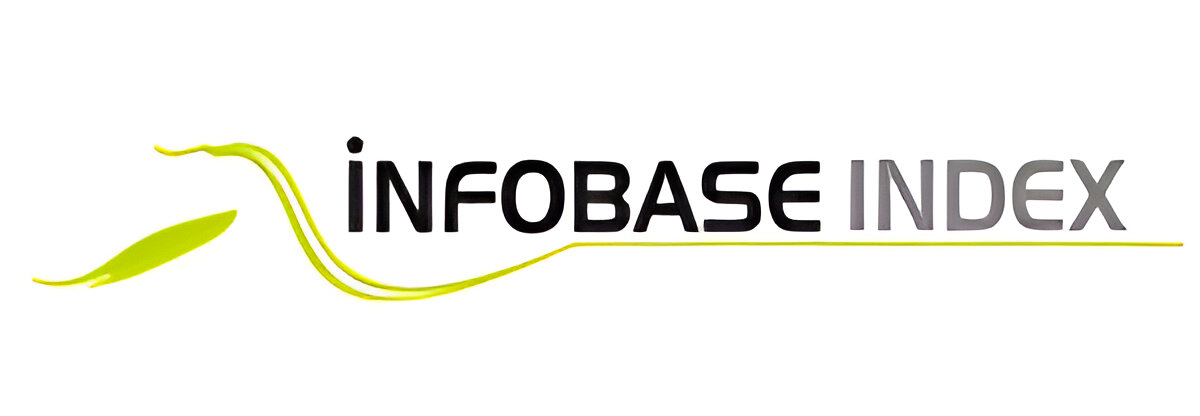Improving Deep Speech Denoising By Noisy 2 Noisy Signal Mapping
Abstract
The Solar-Wind Hybrid Electric Vehicle (S-WHEV) is a forward-thinking innovation in sustainable transportation that combines solar and wind energy harvesting systems with electric vehicle (EV) technology to improve energy efficiency, extend operational range, and reduce environmental impact. By integrating two renewable energy sources, the S- WHEV addresses key limitations of traditional EVs, such as limited range and dependence on external charging infrastructure. The design features high-efficiency photovoltaic panels mounted on the roof, hood, and other surfaces to maximize sunlight capture, converting solar energy into electricity that is stored in an onboard battery system. At the same time, a lightweight wind turbine is strategically positioned to harness airflow during vehicle motion, generating additional power and supplementing the energy provided by the solar panels. This dual energy collection system allows the vehicle to generate power both while in motion and when stationary, ensuring continuous energy accumulation and minimizing the need for frequent recharging from external power sources. The onboard battery, typically a lithium-ion or solid-state system, stores the harvested energy and powers the electric motor, while a smart power management system optimizes the distribution of energy between the motor, battery, and auxiliary systems, enhancing overall performance and efficiency. The combination of solar and wind energy significantly reduces the vehicle’s carbon footprint by eliminating greenhouse gas emissions, contributing to cleaner air and supporting global efforts to combat climate change. The S- WHEV’s simple yet effective design also promotes energy independence by reducing reliance on fossil fuels and electricity grids, aligning with the broader shift toward renewable energy adoption and sustainable development. While challenges such as limited surface area for solar panels, weather dependency, and the need for further advancements in photovoltaic efficiency and battery storage remain, ongoing technological progress is steadily addressing these obstacles.











